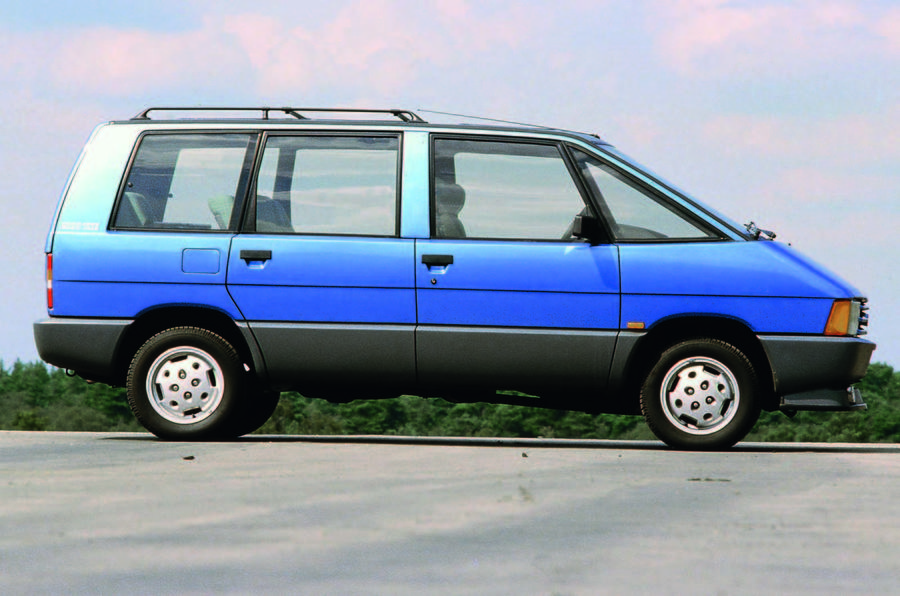The chances are you won’t have heard of the Glasspar G2. It was 70 years ago that the American two-seat sports car was built by Bill Tritt, a boat builder who took a fancy to creating a car for a friend.
Tritt’s experience with fibreglass allowed him to sculpt a car similar in proportions and style to the later MGA. It was built on a bastardised Willys Jeep chassis and muscled along by a Ford V8. Soon enough, his G2 was spotted by a supplier of Vibrin resin, and a bespoke commission was made, with the resultant Alembic I gaining coverage in Life magazine and winning the attention of engineers at GM.
In the passing 70 years, there has been no shortage of weird and wonderful cars that have featured a fibreglass body or, in some cases, monocoque as well. The best known in the UK is the Reliant Robin, the three-wheeler of Only Fools and Horses fame, even if it was actually the Regal van version.
Some engineers might look down their nose at fibreglass, but there have been significant cars with the whiff of epoxy resin that the world would have been a duller place without. Here are 10 of the best.
Alpine A610
Years: 1991-1995
Alpine came within a feeler-gauge gap of blowing Porsche and Mazda away with the A610. Here was a 160mph, mid-rear-engined sports car that delivered a tactile driving experience and got road testers excited (Richard Bremner said it was “simply brilliant fun”) but failed to persuade Britain’s drivers to buy one.

Essentially a reworked GTA, the A610 finally got the basics right by shifting the mass of the turbocharged 3.0-litre V6 (shared with Peugeot and Volvo) further towards the bulkhead, so the A610’s weight distribution was 43:57 front to rear, compared with 37:63 of its less powerful predecessor. With the A610’s 250bhp, good traction and feelsome steering, the few buyers who took the plunge were able to push the stiffened steel chassis right to the limit without suffering a nervous tick.































Join the debate
Add your comment
Strange Choices....
Somewhat surprised not to see the original Lotus Elite in the list - first full monocoque fibreglass shell I believe.
Likewise the Esprit surely had to figure in the list somewhere, given some of the choices. And if a Seven/Caterham was going to be closen why not a series 4 Seven instead as that had much more fibreglass in its shell.
Not Fibreglass
The first few hundred 308GTB were fibreglass. It then switched to steel/aluminium. All were GTB. Car pictured is a Steel GTS.
Fibreglass
The thing which strikes me about this article is how the Matra would not look out of place in the market right now, from a styling point of view. Who would have predicted that in the early 1980s?
I hadn't realised that the Ferrari was fibreglass, so that was interesting.
But I'm afraid that including the Caterham ( I once heard an American pronounce it cat-err-ham) is just plain wrong. An old Clio has plastic front wings, and you wouldn't characterise that car as plastic.
Scoobman wrote:
I had a scenic with plastic front wings, agree the caterham shouldn't be included no matter how great they are, a scimitar would be a good choice though.
Scoobman wrote:
The Matra Rancho was about 30 years ahead of the curve, back when people still bought saloon cars
Ferrari was interesting, though it reads it was only the GTB edition that was fibreglass?
Another interesting one are the Chilean Minis which were fibreglass but based on the shape of the original.